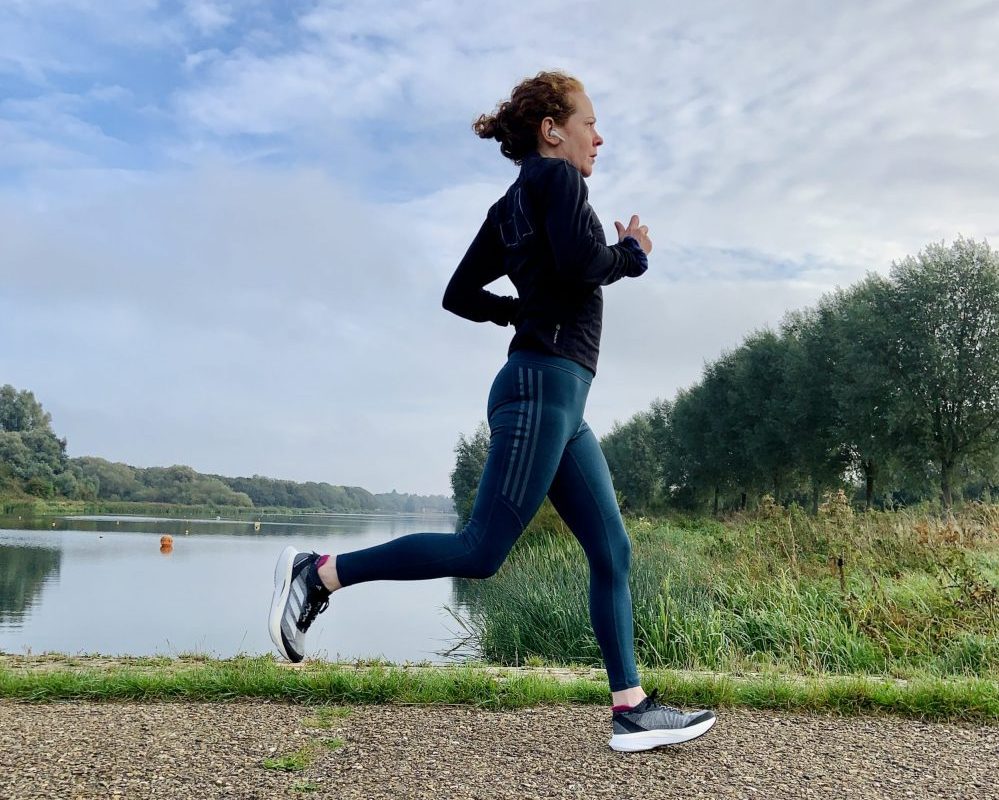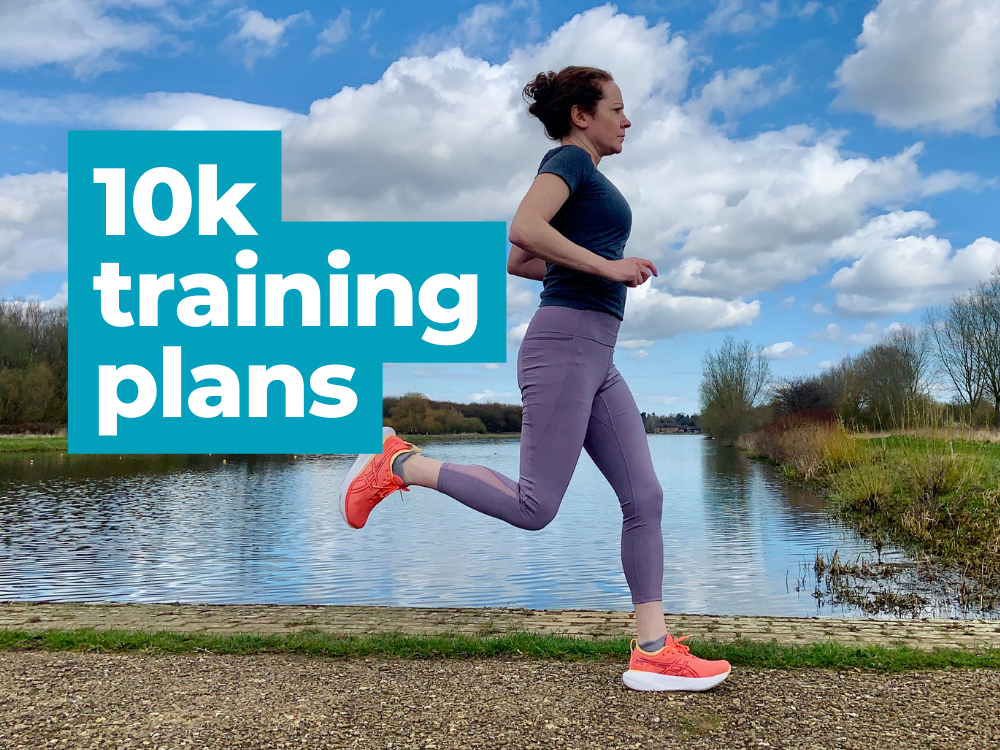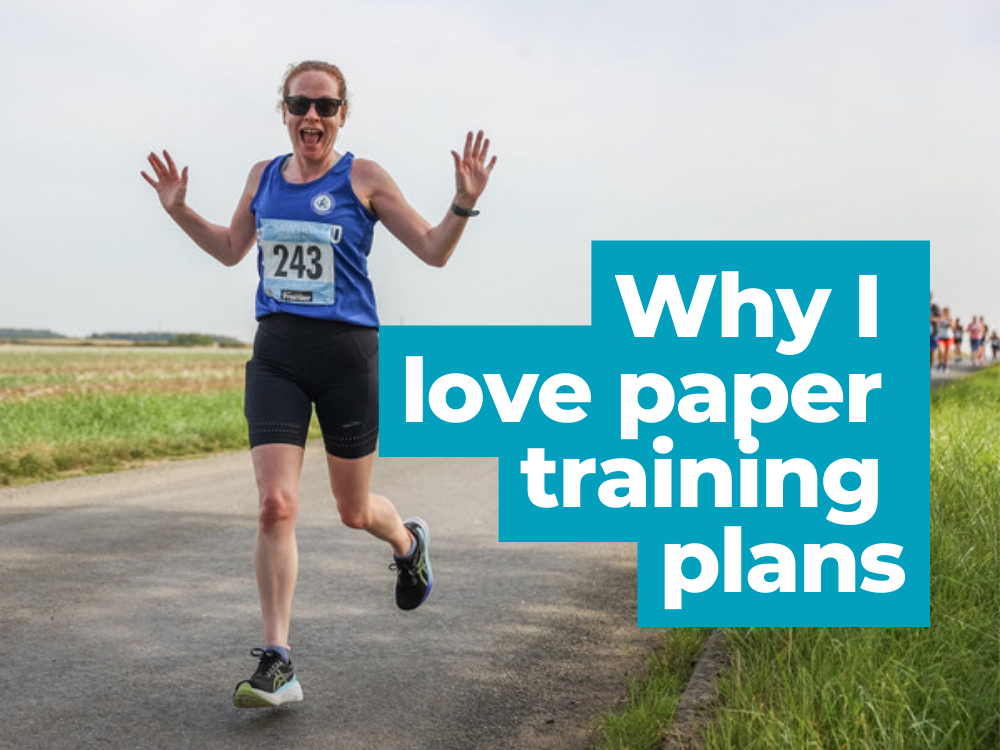Use what you have: adapting training
I grew up in Peterborough which, if you don’t know it, is on the edge of The Fens. And if you don’t know that, it’s pancake flat. The landscape is similar to Holland – flat fields that were once under water and drainage dykes between.
So when I was 17 and learning to drive, there was one part of the learner driver syllabus that required a bit of imagination: the hill start. Because there are no hills in Peterborough. The terrain makes it perfect for the annual half marathon, but less ideal for learner drivers.
My driving instructor had a solution though. What we lacked in hills, we more than made up for in multi-story carparks. So he’d have me drive into one, drive up a ramp between levels then stop and pull on the handbreak before pulling away again without rolling backwards.
It’s a lesson that I think about a lot when it comes to running and coaching. Because sometimes we don’t have the facilities or equipment that we need for training, but that doesn’t mean we can’t train. It just means we need to be a little imaginative.

Were I to be living in Peterborough now and training for a hilly race, I might find myself running up to the top of those multi-story carparks and back down again to ready myself for the inclines. Or I might find myself on the stepmill in the gym as a substitute.
Speedwork is something I put into the plans of most of the runners that I write training cycles for. And sometimes they’ll tell me that they can’t do it because they don’t have access to a running track. But 400m or 1km or 1 mile is just a distance. Sure, an accurately measured 400m track might be an easy way to gauge the distance of your intervals, but there are other ways too.
My running groups have several different blocks we use in north London. We have a 400m block we do efforts on that my runners have even set up a Strava segment and named ‘Ed’s place’ because of it’s proximity to the home of the ex-Labour leader. And another 350m loop in the park that you’ll find on Strava as ‘Just short of a Milliband’.
I don’t live near a track that’s open to the public, so I do mile reps in the park near my house, and I find that 4x 1 mile laps seem to go by much faster than 16 laps of a running track might. So sometimes there’s a bonus to seeking out new places to do your efforts.
Most of us will come up with reasons as to why we can’t do something that we’re nervous about doing. Often these are just excuses, and with a little creativity and adaptation, you’ll find a way to use what you’ve got and make it work for you.
Looking to run your first marathon this year? Check out my How to Run a Marathon training guide.






I used to live in a very flat place (Christchurch NZ) but I worked in a tall building (20 storeys). One of the partners used to do stair running at lunchtime to get his marathon training in. There are no tall buildings in Christchurch now and I’m not sure there are any parking buildings either, I wonder how people get their hill reps in now.
Run on a treadmill in inclined.
Wishing I lived in London for many reasons, including checking out the workshop! I’ll be running my 5th Chicago Marathon this year. Living in Chicago, I get to train under “actual” conditions. It’s great that you are able adapt and change up your training!